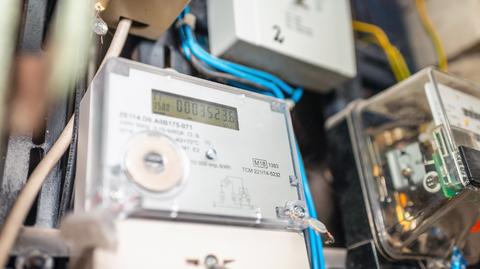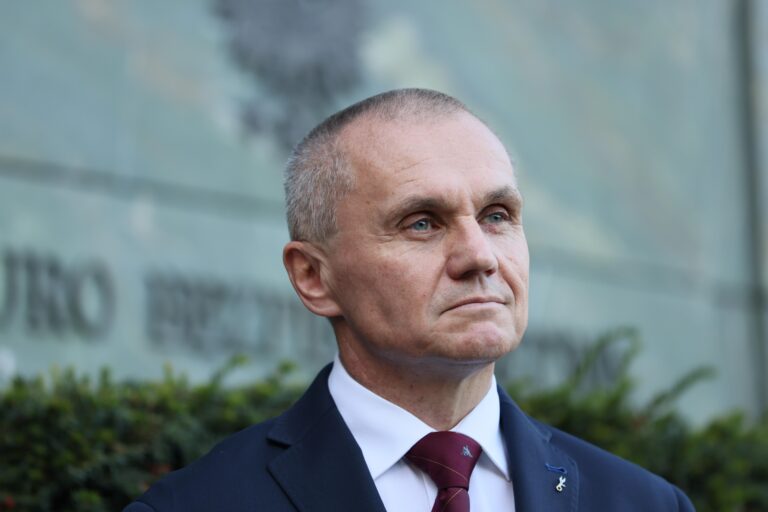Biznes Fakty
Electricity prices are 20 percent lower. The National Energy and Climate Plan (NECP) adopted by the Ministry of Climate and Environment

The Ministry of Climate and Environment has approved the National Energy and Climate Plan (KPEiK), which, under an ambitious scenario, anticipates a 20 percent reduction in electricity costs for consumers by 2035.
The version of the 2030 National Energy and Climate Plan presented by the Ministry of Culture and Environment, with a perspective toward 2040, encompasses both an ambitious scenario (WAM) and a „Business as Usual” scenario (WEM). As stated by Climate Minister Paulina Hennig-Kloski, the Ministry of Energy will oversee this document through its subsequent governmental phases, leading to its acceptance by the government and submission of both scenarios to the European Commission.
Decreased energy costs by 2030
The assumptions outlined in the WAM scenario suggest that the costs of electricity generation are projected to decrease by 11% by 2030 and by 31% by 2040, primarily due to the declining costs of renewable energy technologies and a nearly 54% reduction in emissions, which is expected to lessen the financial burden of the EU-ETS system.
When accounting for all expenses, including grid and balancing costs, the price of electricity for residential users is anticipated to decline by 6% by 2030, 18% by 2035, and 27% by 2040 compared to the average projected price for 2025.
For the industrial sector, these reductions are expected to reach 9%, 21%, and 28% respectively, while the services sector is projected to see decreases of 7%, 20%, and 29%.
Assumptions of the KPEiK
The ambitious scenario anticipates a doubling of energy generation from renewable sources by 2030 and nearly 80% by 2040. In this scenario, coal is expected to be phased out as an individual heating source by 2035, with only a minor contribution from hard coal and lignite remaining in the overall energy mix post-2040. However, there is an expectation of a slight increase in biomass usage.
Fuel imports under the WAM scenario are projected to decrease by 37% by 2040. „The most challenging aspect will be the reduction of oil imports; we also foresee a two-fold decrease in gas imports without completely severing LNG import connections,” highlighted Deputy Minister Urszula Zielińska. Additionally, the significance of biomethane in the gas consumption sector is expected to rise. The WAM scenario forecasts peak natural gas consumption during the 2025-2030 period.
Projected investments in the transformation by 2030 are estimated to total PLN 1.1 trillion, predominantly focused on new generation capacities, networks, and thermal modernization.
This averages to approximately PLN 216 billion in investments by 2030. About PLN 350 billion is expected to come from European funds, which include PLN 115 billion from the National Energy Programme (KPO), PLN 25 billion from the FENiKS programme, and PLN 55 billion from the Modernization Fund, financed by the sale of a designated pool of CO2 emission allowances. Among the European funding sources, the Ministry of Climate also identified PLN 89 billion from the ETS2 system and PLN 63 billion from the accompanying Social Climate Fund.
Potential adjustments in ETS2
Minister Hennig-Kloska pointed out that it is uncertain whether ETS2, intended to cover the buildings and transport sectors, will be implemented in its currently proposed format. If this occurs, the funds from ETS2 and the SFK would need to be adjusted or sourced from elsewhere, the Minister of Culture and Environment cautioned.
She believes that the NECP can be finalized within a month. „I don’t anticipate any possibilities for strategic alterations to the Plan, as that would extend the work by an additional four months. Minor modifications are feasible, but not substantial ones,” she stressed.
The National Energy and Climate Plan (NECP) is a document created in accordance with the 2018 Regulation of the European Parliament and of the Council (EU). It outlines how a Member State intends to progress toward achieving EU climate objectives. The Polish NECP encompasses two scenarios: a baseline and a heightened ambition scenario. The European Commission has already requested the Polish government to submit an updated document on two occasions, the latest being on March 12th of this year.



